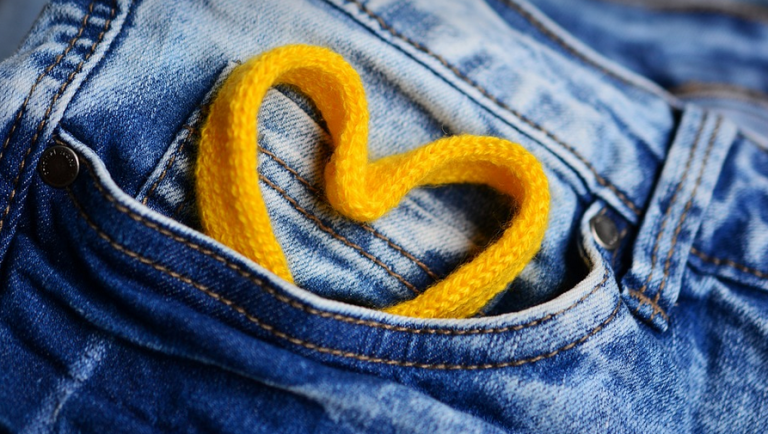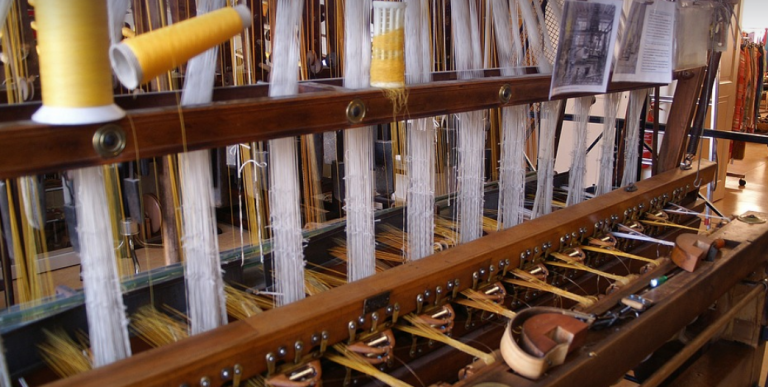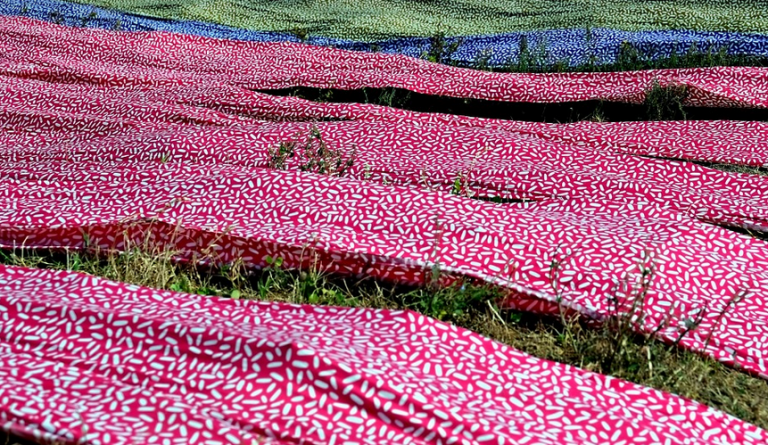
What is Padding?
Imagine you have a box, plain and simple. You can decorate it with colors, add text and images, but what if you want to give it some breathing room around its edges before you start filling it up with content?
That’s where padding comes in. In the world of web design, padding refers to the space between an element’s content and its borders.
Why Use Padding?
Padding is a powerful tool for shaping your website’s look and feel. It can:
* **Create Visual Hierarchy:** Padding separates different elements on a page, emphasizing specific sections or headings. Think of how a book with space between the title and the first paragraph feels more engaging than one crammed together.
* **Improve Readability:** By adding padding around text blocks, you create visual cues for readers that guide their eyes through the content. This makes it easier to scan and navigate websites.
* **Add Aesthetic Appeal:** Padding can be used creatively to add subtle design touches that make a website more visually appealing. It can help create balance, symmetry, or even playful patterns within the layout.
Understanding Padding’s Impact
There are several important aspects of padding in CSS:
* **Units:** Padding is measured in units like pixels, percentages, and ems. Think of it as adding extra space around your text or image content. * **Direction:** You can change the direction of padding by using different properties: top, right, bottom, left. So you can make elements “stick out” in specific directions.
Playing with Padding
The magic happens when you play around with different values for padding:
- Top padding: Adds space at the top of an element.
- Right padding: Adds space to the right side of an element.
- Bottom padding: Adds space at the bottom of an element.
- Left padding: Adds space to the left side of an element.
Practical Padding Examples
Here’s a simple example to show how you can use padding in CSS:
.box { width: 200px; height: 100px; padding-top: 20px; /* Add top padding */ padding-bottom: 30px; /* Add bottom padding */ padding-left: 40px; /* Add left padding */ padding-right: 20px; /* Add right padding */ }
The Power of Combinations
Padding is most effective when used in combination with other CSS properties. Think about how these elements work together:
* **Margin:** Think of margin as the space *around* an element’s borders. When combined with padding, it gives you finer control over overall spacing within your website.
* **Font Size**: If you want to make text bolder without making it bigger in size, consider adding padding around it.
Wrapping up
Padding is a fundamental aspect of web design that allows for controlled shaping and flexibility in your webpage’s look. By combining various units and directions of padding with other CSS properties, you can create visually appealing layouts and achieve the desired aesthetic.


